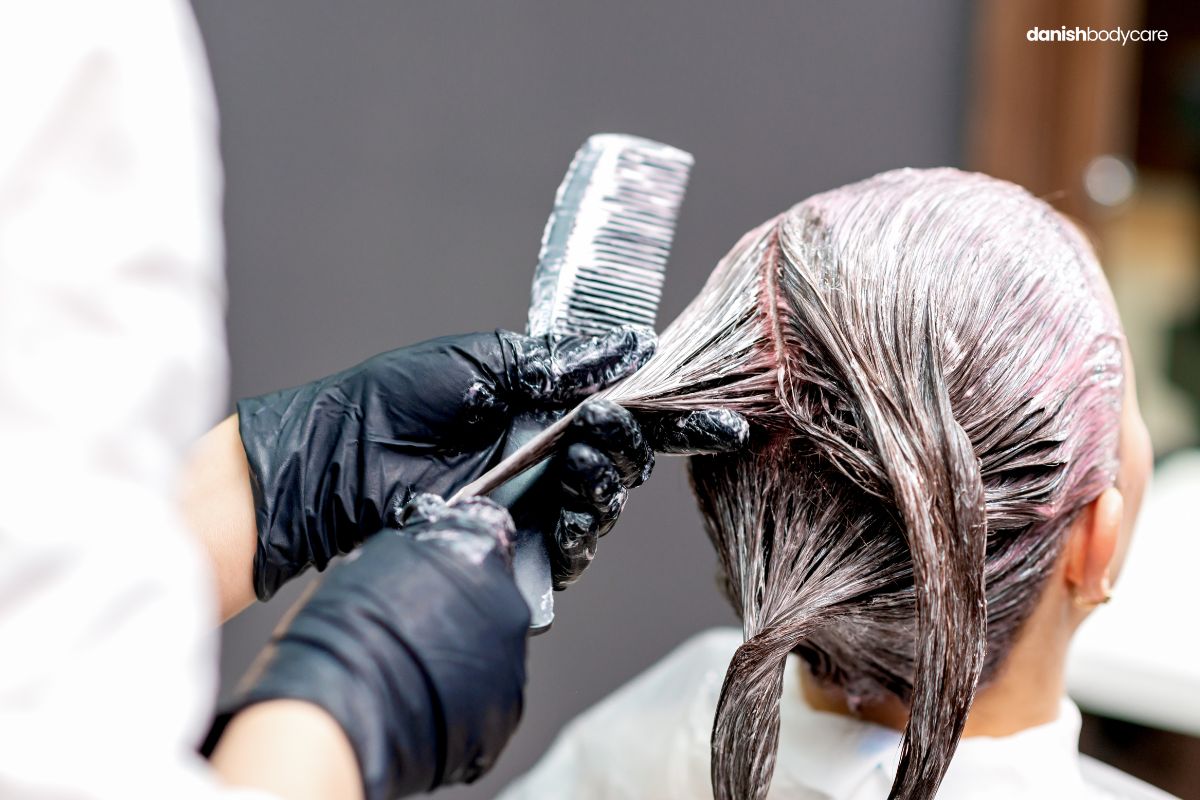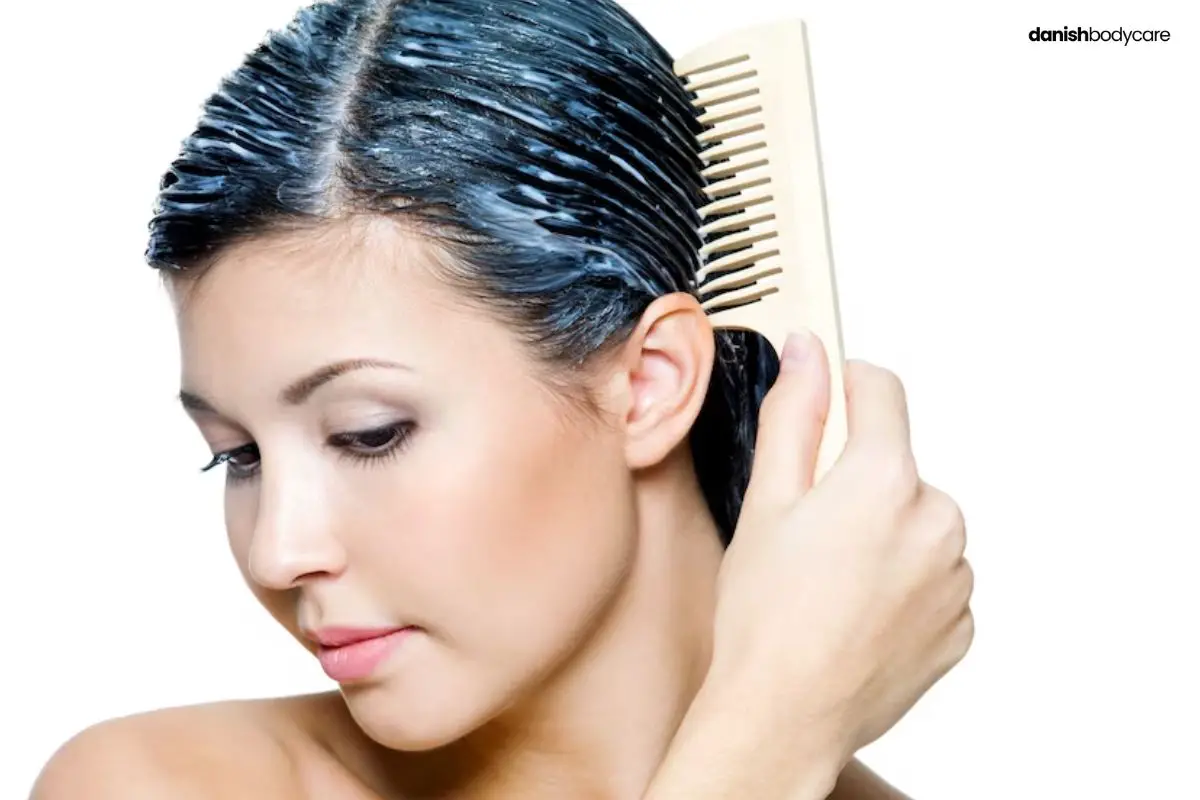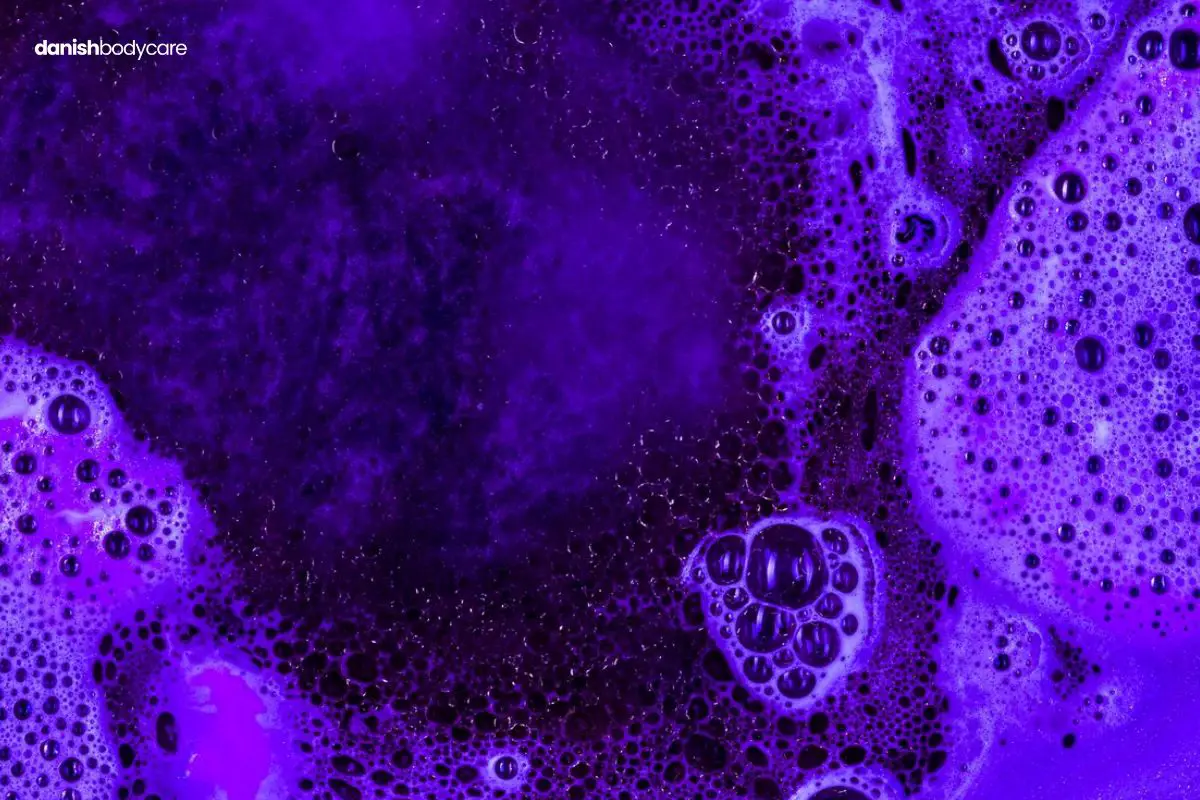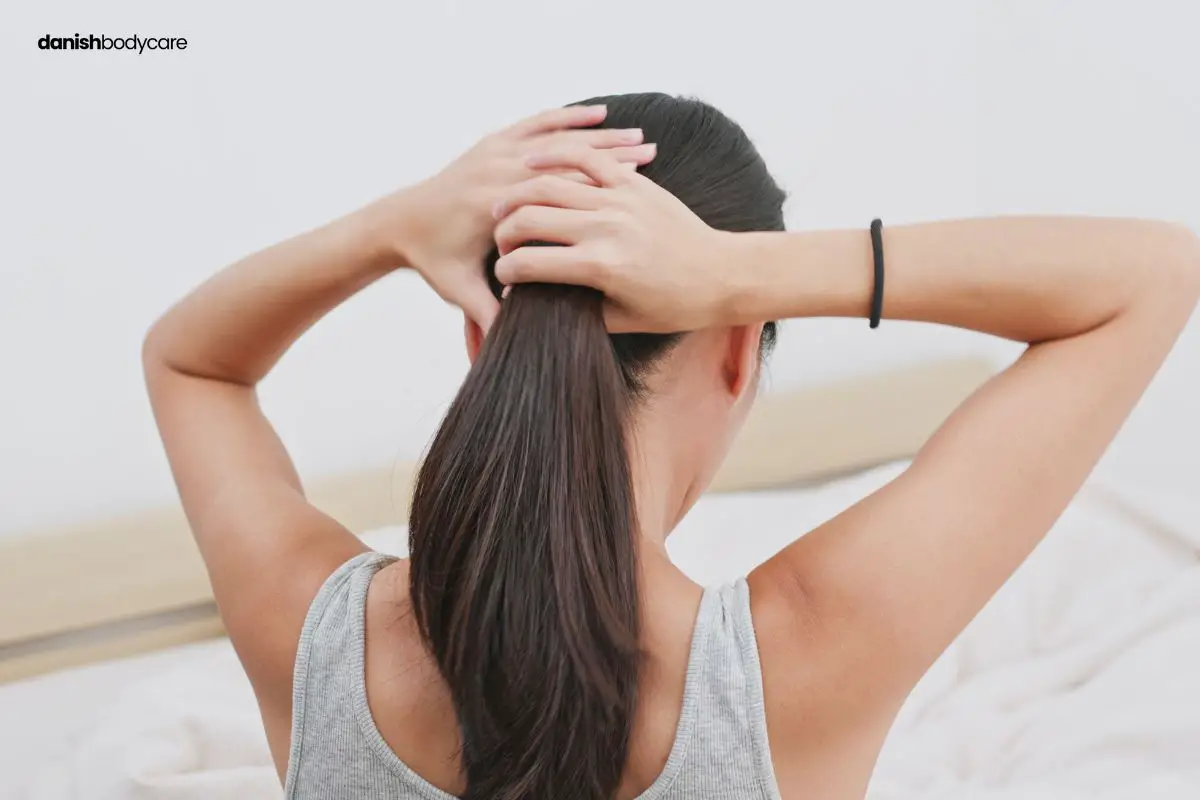“Can I bleach my hair after dying it?” is a question many hair enthusiasts ask. Hair dye transforms our look, but sometimes, we crave change.
Bleaching after dyeing is a tricky process. One fact to remember: bleach doesn’t just lighten, it removes color.
This article will dive deep into the dos and don’ts, guiding you on the journey to your desired hair color without causing damage.
Can I Bleach My Hair After Dying It
Yes, you can bleach your hair after dying it. Hair dye and bleach work by altering the structure of your hair, but in different ways.
When you bleach your hair after dying it, it removes the color molecules from the hair shaft. At the same time, it lightens your natural color that may still be present. This allows for a more accurate recoloring.
Repeated dyeing and bleaching can cause damage to your hair over time.
The Science Behind Hair Dye and Bleach
Here is how hair dyes and bleach differ:
| Product | Process Description | Impact/Result |
|---|---|---|
| Hair Dye | Hair dye penetrates the hair cuticle and deposits color molecules into the hair shaft. | Permanent hair dye usually contains ammonia or other alkalizing agent. This helps open the hair cuticle so the color can enter. |
| Hair Bleach | Bleaching your hair involves using a bleach powder mixed with hydrogen peroxide. | This removes natural and artificial pigments, resulting in a lighter hue. It breaks down pigment molecules contained in the hair shaft, weakening the hair structure. |
The Risks of Bleaching Dyed Hair
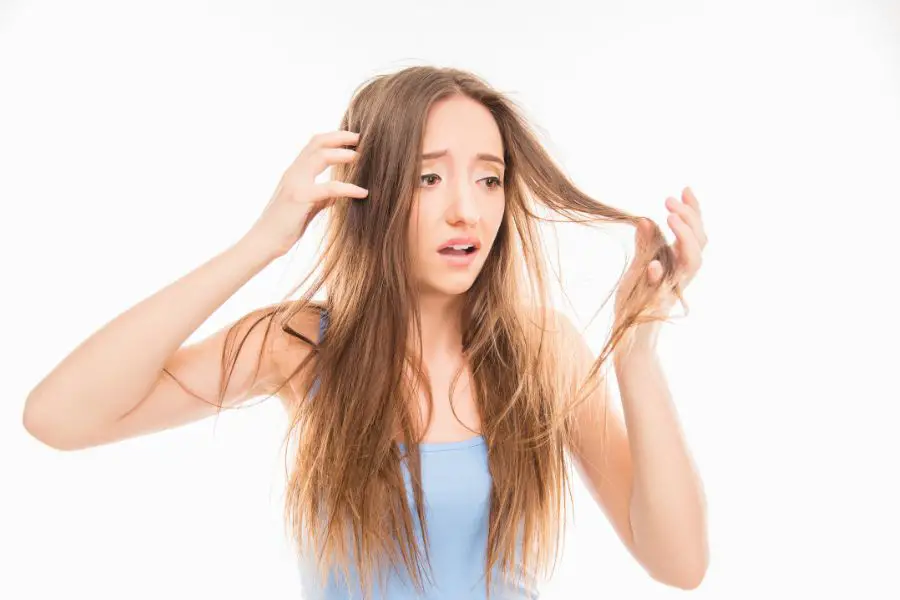
Bleaching your dyed hair comes with some risks that you should be aware of before proceeding. When you bleach your hair after dyeing it, you may encounter:
- Damage: Bleach can weaken your hair’s protein structure. this makes it more susceptible to damage.
- Dryness: Your hair may become dry and dull due to removing natural oils and moisture.
- Thinness: Bleached hair can become thin, making it prone to breakage and hair fall.
- Brittle texture: The process can change your hair texture. This turns it brittle and difficult to manage.
To cut these risks, consider waiting a day or two after bleaching before dyeing your hair.
Professional Insight on Hair Bleaching
Professionals are experienced in hair color and maintenance. As a result, they have the best answer for the most stringent questions:
- Can you bleach over permanent hair dye?
- Can you bleach box-dyed hair?
- Can you bleach dyed black hair?
- When should you avoid bleaching over permanent dye?
Can You Bleach Over Permanent Hair Dye?
Yes, it’s possible to bleach hair that has been permanently dyed. The process can tax the hair, and results can vary based on the type and shade of the dye used, as well as the hair’s history and health.
Proceed with caution and consult with a professional.
Can You Bleach Box-Dyed Hair?
It depends on the specific box dye and the condition of your hair. Generally, box dyes are different from professional dyes. Some might contain metallic salts. These can react with bleach, leading to breakage or unpredictable color results.
Before bleaching, always conduct a strand test. It’s also good to wait a few weeks after using box dye before bleaching to cut potential damage.
Can You Bleach Dyed Black Hair?
Yes, but it’s one of the most challenging color corrections. Black dye is dense and can be tough to lift. Often, you need many sessions of bleaching to reach a lighter shade, and there’s a risk of getting uneven or brassy results.
It’s advisable to see a professional for this process to ensure the best outcome and the least damage.
When should you avoid bleaching over permanent dye?
Avoid bleaching over permanent dye if:
- Your hair is damaged, brittle, or over-processed.
- You’ve used a dye containing metallic salts.
- You’ve recently undergone other chemical treatments, like relaxing or perming.
- You’re uncertain about the product’s compatibility or your hair’s health.
How to Prepare for Hair Bleaching
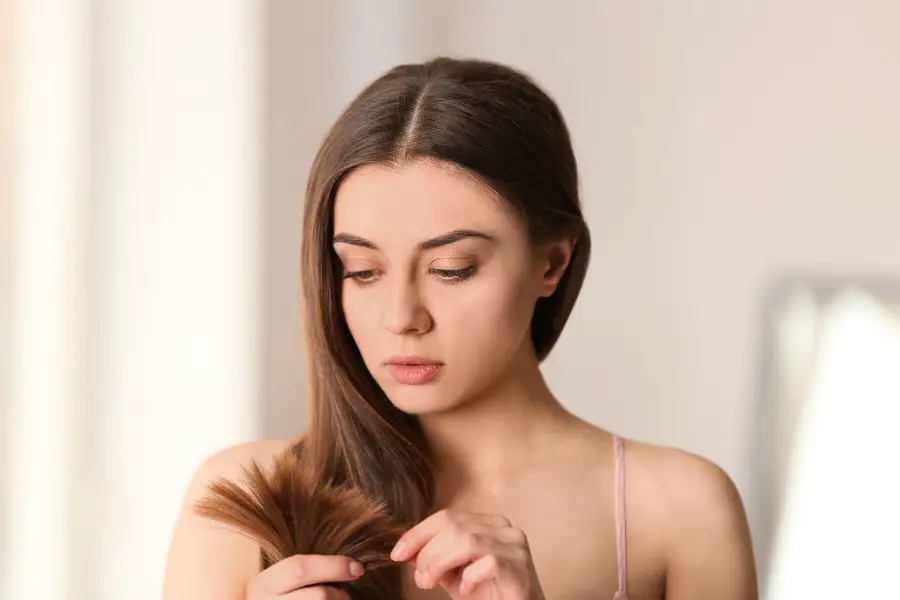
Prepare your hair before bleaching your dyed hair by following these tips:
- Assess the condition of your hair. If it’s already dry or damaged, wait until it feels healthier before bleaching it.
- To ensure your hair has enough moisture, make a habit of deep conditioning at least once a week leading up to the bleaching process.
- As the day to bleach your hair approaches, refrain from shampooing for a few days. The natural oils in your scalp will provide a protective barrier against the bleach.
- Perform a strand test on a small section of hair. This will give you an idea of how your dyed hair will react to the bleach and the results you can expect.
- Follow the instructions on the bleaching kit for the strand test.
- Adjust the processing time or bleach mixture to suit your hair type and condition.
The Bleaching Process

Pick a developer to mix with the bleach powder. The developer strength varies from 10 volume to 40 volume. The higher the number, the stronger it is. For minimal damage, stick to a lower volume developer. Do not use bleach with developer over 20 volume on the scalp.
Put on gloves and mix the bleach powder with the developer. Apply the mixture evenly to the mid-lengths and ends of your hair, avoiding the roots initially, and let it process.
Keep an eye on your hair for the desired shade of lightness. If you have a warm undertone, the bleach might lift to an orange or yellow shade first. Be patient and watch the process to avoid damaging your hair.
Once you’ve reached the desired shade, rinse your hair with lukewarm water. Avoid heat styling for a few days to let your hair recover.
Post-Bleaching Hair Care
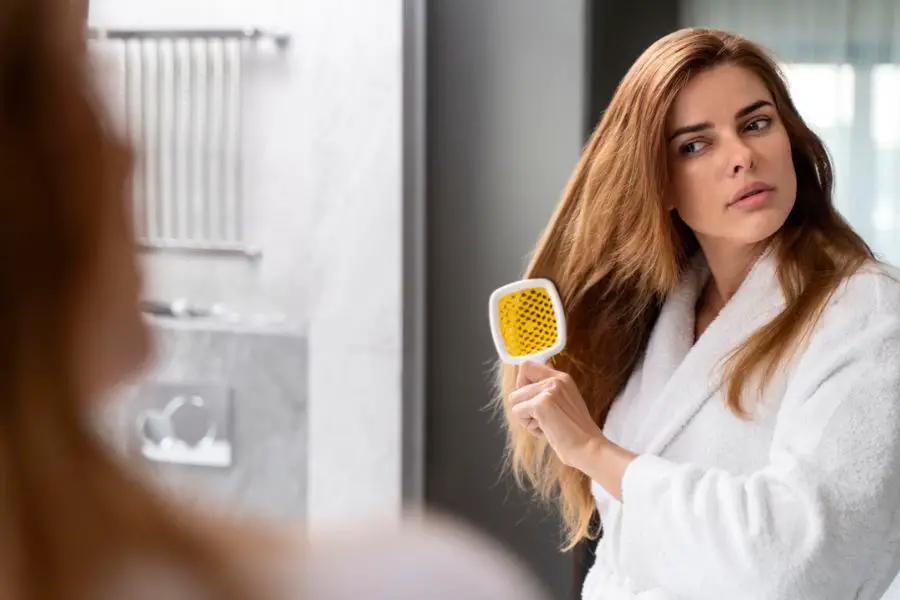
Whether you’ve lightened your dark hair or removed a semi-permanent black color, here are nine hair care practices to follow:
- Wash with cold water
- Use color-safe shampoo
- Condition on a regular basis
- Use caution with DIY treatments
- Limit heat styling
- Protect from UV rays
- Trim on a regular basis
- Add in bond-building or moisturizing treatments
- Consult a professional
Factors Affecting Bleaching Results
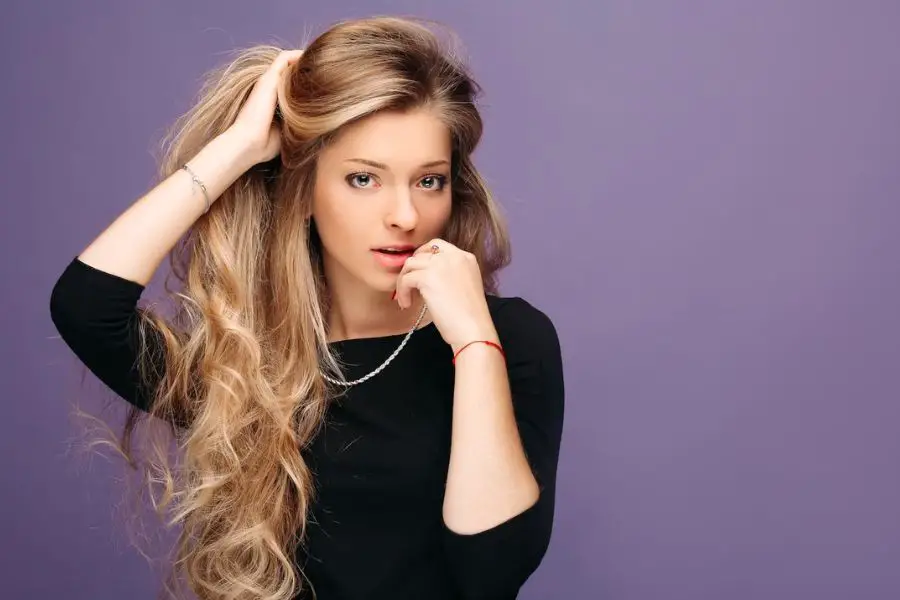
When you bleach your hair after dying it, the results can vary. This depends on several factors:
| Factor | Simplified Description |
|---|---|
| Hair color | Darker hair may need stronger bleach and more time. |
| Hair condition | Damaged or dry hair may face more bleaching issues. |
| Previous dye jobs | Frequently dyed hair may resist bleach more. |
| Bleach strength | Choose the right bleach strength for your hair. |
| Protein structure | Bleach changes hair’s protein, affecting its strength. |
| Timing | Wait at least 15 days between dyeing and bleaching. |
| Hair thickness | Thicker hair may need longer bleach time. |
| Bleach application | Even bleach application is crucial for desired results. |
| Porosity | High porosity hair may experience uneven results or damage. |
| Developer | Pick the right developer for desired results and less damage. |
Frequently Asked Questions
How long should I wait to bleach my hair after dying it?
You should wait at least 15 days after coloring your hair before bleaching it. This helps prevent damage and gives your hair time to adjust.
Can I bleach my hair after using semi-permanent dye?
Yes, you can bleach your hair after using semi-permanent dye. Make sure you wait the recommended time to avoid any damage.
How can I lighten dyed hair without using bleach?
To lighten dyed hair without using bleach, try using a hair color remover or a clarifying shampoo. These products can help remove some of the dye and gradually lighten your hair.

